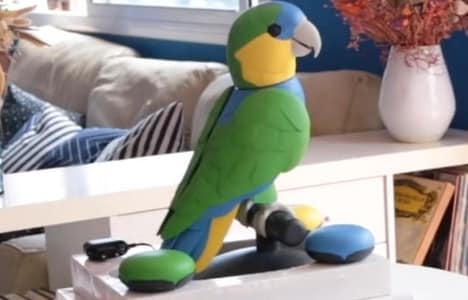Smart Living Technologies for Seniors

Mrs. Diaz, an 82-year-old resident, wasn’t aware her walking pace had subtly declined. But her smart wristband noticed. That simple signal prompted a physical therapy check -- and prevented her first fall.
This is the future of senior care. For decades, the model has been reactive: staff rounds, emergency buttons, and alarms triggered after incidents. In 2025, IoT devices, AI, and wearables are driving a shift toward predictive care -- anticipating risks and intervening early. The payoff? Fewer hospitalizations, lower costs, and greater dignity for older adults.
Why Predictive Care Matters
Traditional systems are blunt instruments: motion sensors, bed alarms, nurse call buttons. Many alerts are false or late. Meanwhile, high nurse-to-resident ratios mean long gaps between checks.
Predictive models are more sophisticated. By continuously analyzing data—heart rate, gait, room conditions—AI can surface subtle changes: “Resident #12’s sleep quality dropped 35% overnight” or “Mr. Li’s gait variability increased—schedule PT.” These early interventions prevent crises before they happen.
How It Works
Ambient & Wearable Sensors track movement, vitals, and environmental factors. AI models process this data -- flagging deviations from each resident’s baseline. Critical alerts (fall risk) are processed instantly on-site; long-term trends (sleep quality, cognitive shifts) are analyzed in the cloud.
The system improves over time. Machine learning adapts as new data comes in, tailoring predictions to each individual.
Use Cases With Impact
- Fall Prevention: Communities report 30–40% reductions in falls by monitoring gait patterns and intervening early.
- Cognitive Health: Speech and behavioral analysis can detect cognitive decline months earlier, supporting timely intervention.
- Sleep Optimization: Automated environmental adjustments -- temperature, lighting -- improve sleep quality and mood.
Learning from Other Industries
Financial institutions use anomaly detection to catch fraud in milliseconds. Logistics firms predict equipment failures before breakdowns. Senior care is now applying these proven strategies—using predictive analytics to anticipate risks and optimize care.
What’s changed? Affordable sensors, longer battery life, and more powerful edge AI make this feasible. And with healthcare’s shift toward value-based models, proactive care is not just smart -- it’s financially aligned.
Challenges & Path Forward
Data privacy is paramount -- clear resident consent, edge processing, and encrypted storage address concerns. Integrating with legacy systems requires middleware and careful change management. Staff trust grows with phased rollouts and explainable AI tools.
An effective roadmap starts small -- pilot with high-risk residents, validate accuracy, then scale with robust governance.
The Opportunity
Senior living is at an inflection point. Moving from “monitor and respond” to “predict and prevent” is no longer theoretical. The tools are here. The ROI (measured in lives improved and costs avoided) is clear.
For senior communities, the question is not if predictive care will define the next era—but how quickly they can lead the way.
For more industry insights, check out Trend Hunter's free 2025 Trend Report.


